A Problem As Old As History
The great pharaohs of ancient Egypt sought to immortalize themselves through the pyramids, but vanity through superstructures is a trend that didn’t end with them. While they had armies of people to work for free, megaprojects in the modern world cost billions of dollars.


The problem is, dumping all that money on these projects doesn’t guarantee their success. When megaprojects tank, the fallout is never pretty. Here’s a list of the most expensive megaproject flops in history.
Ghost Cities, China
In the early 2000s, when scores of “ghost cities” began emerging in China, there were several conspiracies for why they were built. The size and scale of the projects clearly show their price tags, but after construction, they have sat empty for decades.


It’s hard to imagine that the investment was ever recouped without occupants. Likely due to a supply and demand imbalance, reports have emerged in recent times that these infamous buildings are finally starting to come alive with occupants.
Forest City, Malaysia
The Forest City in Malaysia was meant to be a futuristic but sustainable megaproject with a built-in ecosystem. The idea was to attract more Chinese immigrants. Due to political interference and endless delays, only 500 to 1000 residents are reported to have moved in.


This is a far cry from the target of half a million residents initially expected. Even the project’s proximity to Singapore wasn’t enough to save this massive failure of a project.
The James Webb Space Telescope, USA
Touted as the largest and most revolutionary project of its kind, the James Webb Space Telescope project cost a hefty $9 billion. With success, it will change the stargazing world forever but has since run into an endless list of snags and operational failures.
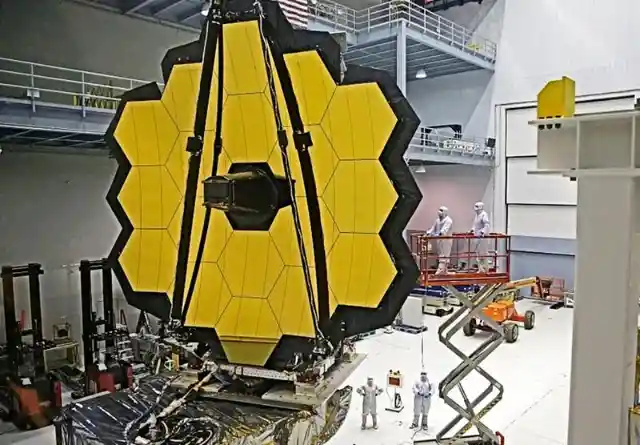
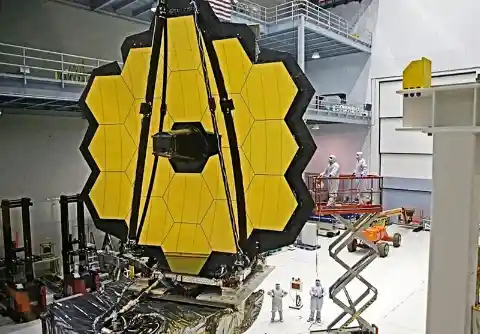
Mired in controversy from inception, the investment was so significant that it has been deemed “too big to fail”, but only time will tell if this ambitious flop will ever justify its price tag.
San Francisco-Oakland Bay Bridge, USA
The original construction of this behemoth project began in the early 1930s. While the bridge was meant to withstand the strong earthquakes, in 1989, the Loma Prieta Earthquake caused a massive section of it to collapse.


A colossal revamp commenced in 2002 and has since run into endless incidents and controversies. With the revamp alone costing upwards of $5 billion, many have deemed the iconic structure an epic fail.
Interstate H-3, USA
Between continuous resistance from environmental groups, non-stop delays, and an eventual construction that cost five times its originally intended price tag made, this highway an epic fail.


Although completed and functional, it took over 30 years and ran and caused much controversy. Slammed by both locals and outsiders alike, this beautiful road was ultimately unable to justify its eventual cost, which was well over a billion dollars.
The Ciudad Real International Airport, Spain
Marketed as a jewel in the crown of European travelers, the ambitious airport got it all wrong. Nothing went smoothly from budget to location, and the project was eventually canned. The holding company lost everything and went bankrupt rather than the stunning and bustling airport envisioned.
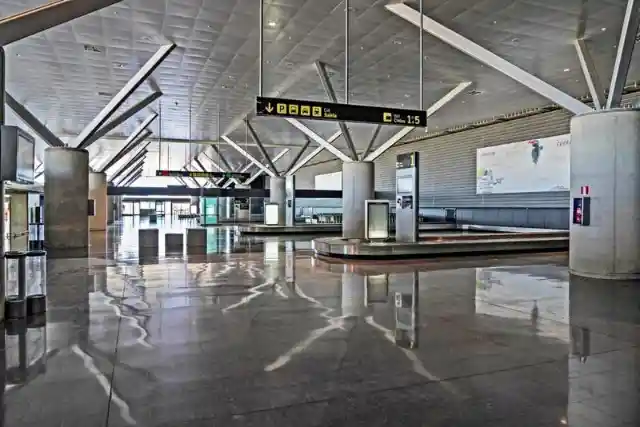
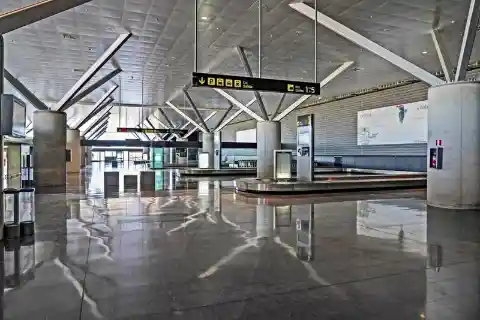
Today, it barely survives as a home for planes to park, nowhere near being the luxurious home of the world’s largest airlines. With over a billion euros lost, it’s safe to say that this megaproject was a mega fail.
The Yucca Mountain Nuclear Waste Repository, USA
This ambitious project 90 miles northwest of Las Vegas was meant to be the nuclear landfill that finally put an end to all of America’s nuclear waste. The project was repeatedly held up and voted down with nearly universal hatred.
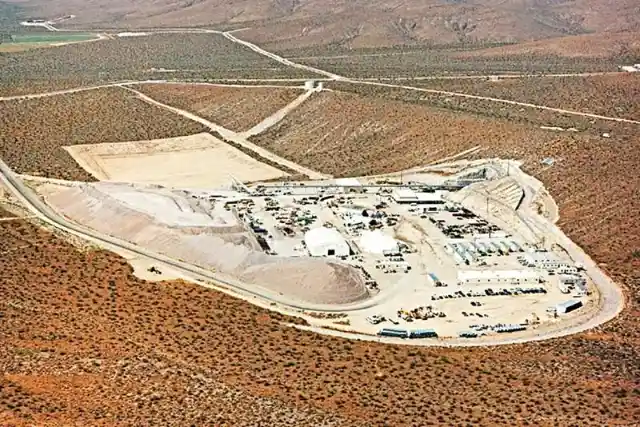
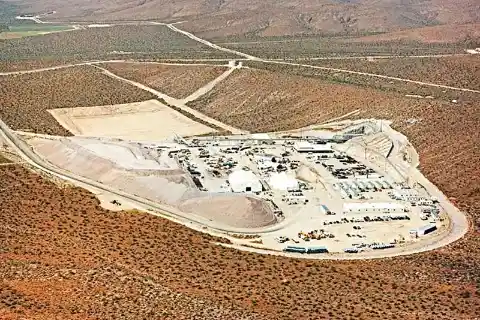
The politically charged nature of the project made it a hot potato that never quite settled. Today it lies abandoned, and experts agree that deep fills are still the best option for dumping nuclear waste.
Arena da Amazônia, Brazil
Built as a pioneering football stadium when Brazil hosted the 2014 Fifa World Cup, the stadium was widely panned. Its conception and construction were always deemed controversial with no actual use or value beyond the world cup.
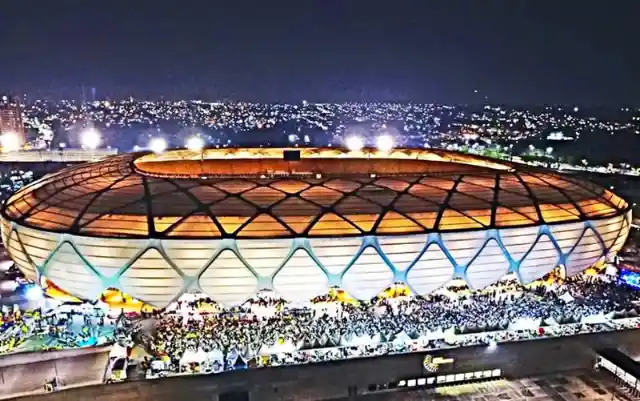
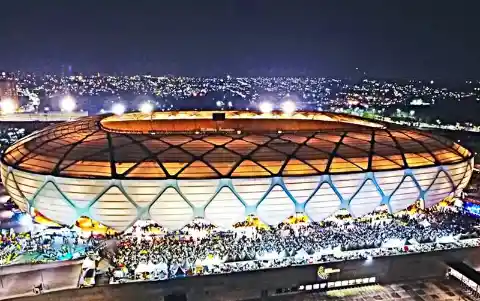
The tropical heat made playing conditions almost unbearable, and its 43000 seat capacity was never enough to recoup the investment. Today the stadium barely hosts any professional matches outside of the fourth division, a highly unusual fate for a world cup stadium.
Mattala Rajapaksa International Airport, Sri Lanka
After Sri Lanka’s deadly civil war ended in 2009, the incoming President envisioned an international airport for the country. Since the country only had one international airport in Colombo, the idea made sense to drive expansion and growth for the country.
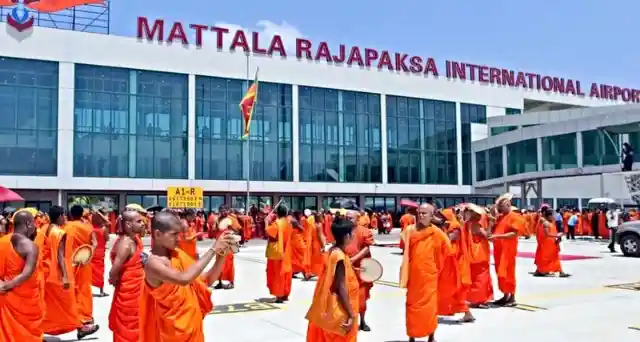

Amid international political interference, corruption, and public pushback, the airport's 200$ price tag made it an epic fail. It eventually saw little to no air traffic and is known as the “world’s emptiest airport”.
The Superconducting Super Collider, USA
From the late 80s to the early 90s, the race for the famous Higgs Boson particle was in full swing. American physicists and the government were initially united on the idea of building the world’s largest supercollider.
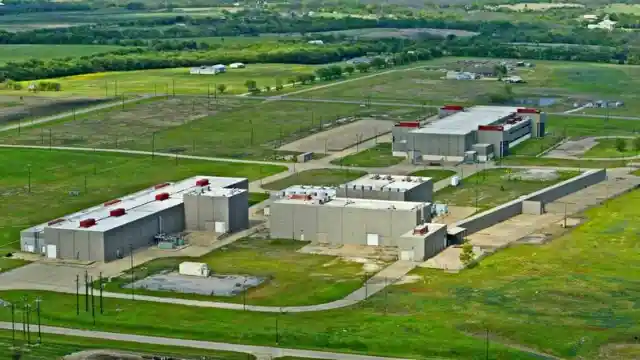
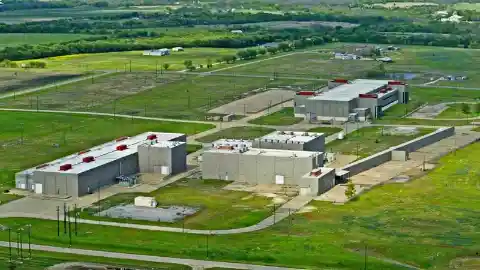
A site was confirmed in Texas, and 2 billion dollars was spent before the project ended in 1993. Budgetary constraints led to its demise and paved the way for the Large Hadron Collider at CERN to eventually scoop the prize when it discovered the Higgs particle in 2012.
The Ryugyong Hotel, North Korea
Costing over half a billion dollars which equated to two percent of North Korea’s GDP, this ambitious hotel was ill-fated. Starting in the early 90s, the project boasted 105 floors and an opulent pyramid design.
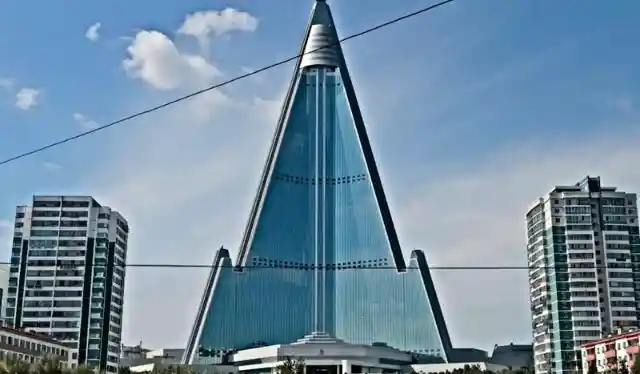
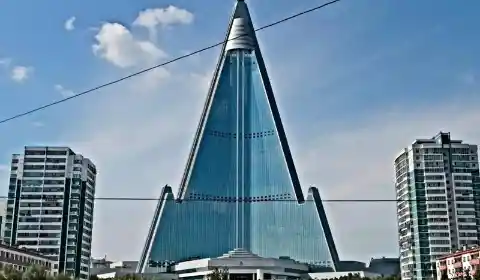
When the Soviet Union collapsed, the resultant economic fallout suffered by North Korea meant the project was indefinitely postponed. Attempts to restart the project have never panned out, and it remains uncompleted to date.
Boston Big Dig, USA
Everything from planning to scoping went wrong here. It was meant to be the precursor to the most ambitious highway construction project in American history. Instead, constant overruns on cost and a massive tunnel collapse in 2006 have led to wide criticism of the project.
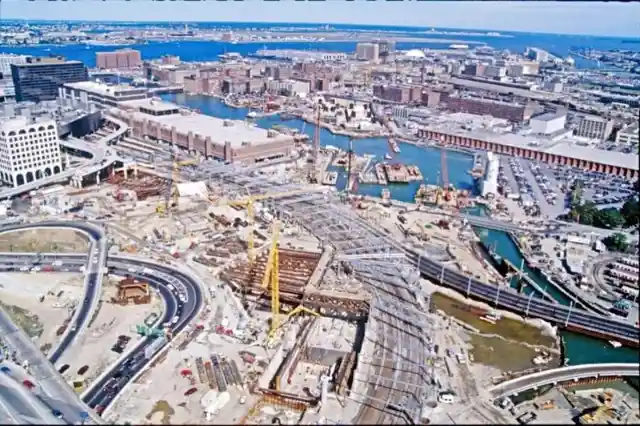
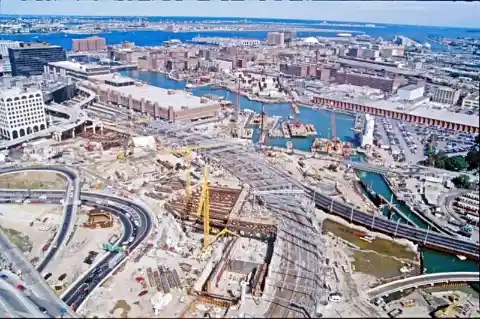
Although the dig was completed in 2007, the project was nearly seven times over budget and eventually cost a whopping $14 billion. It is projected that the final project will cost over $20 billion when completed.
Trans-European Transport Network, Europe
This multi-dimensional project seeks to overhaul Europe's rail and road transportation networks. Estimated to cost half a trillion Euros, the project is the most expensive in the history of the world.


Bottlenecking and budget issues have already caused many problems, and the verdict is still out on whether this one will be a failure. Either way, it’s hard to imagine if any benefits of success will ever justify that kind of outrageous cost. Only time will tell.
More To Come
The sands of time have nothing to quell humanity’s insatiable hunger for bigger and more expensive projects. Worldwide, tons of megaprojects are already in construction, with many more planned for the future.
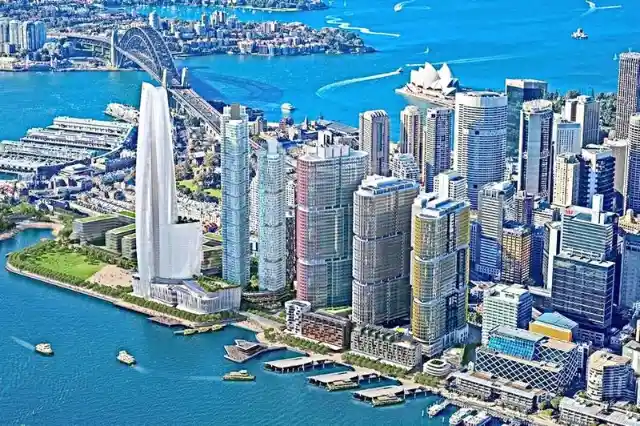
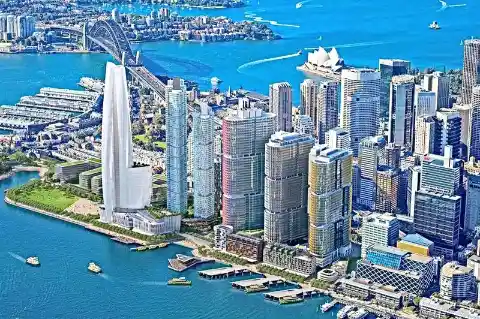
Amid the ravages of the pandemic and the uncertainty the world faces with the threat of world war hanging over us, it’s difficult to say how many of these will ever see the light of day or justify their ridiculous costs.